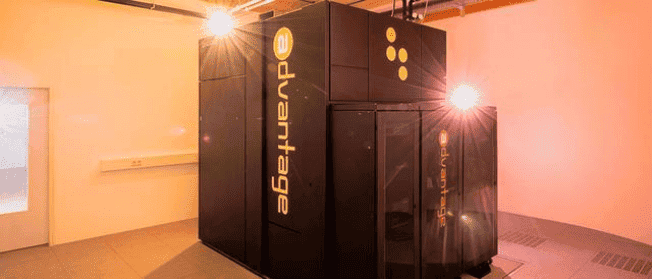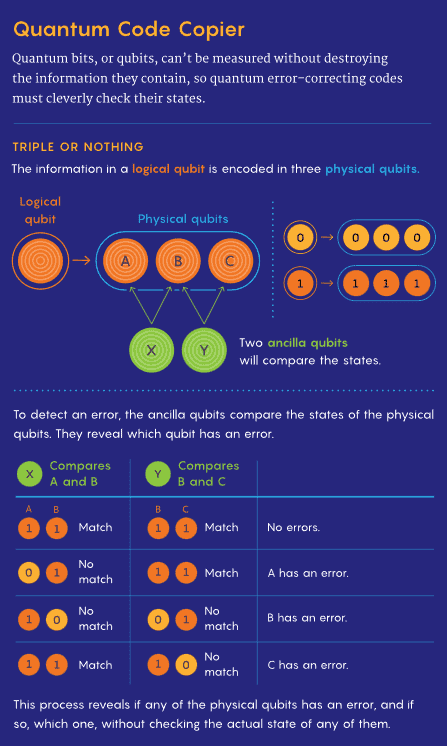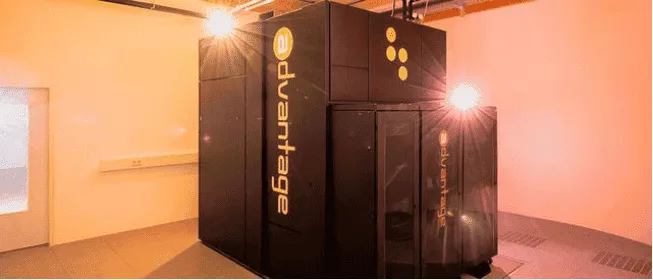According to recent reports, Europe's first quantum computer with more than 5,000 qubits was launched at the Forschungszentrum Jülich in Germany. The center says this is an important milestone in the development of quantum computers in Europe. The super quantum computer, made by D-Wave, a Canadian provider of quantum computing systems, is the company's most computationally powerful machine to date. Furthermore, this product is being deployed outside the company's headquarters for the first time.

This quantum annealing computer is essentially the same idea as adiabatic quantum computing, which is designed to handle optimization and sampling problems. The advantage of the quantum annealing method is that its system stability is much higher than that of the quantum gate method.
With this super quantum computer and the remote cloud access D-Wave quantum system established at the Jülich Research Center, the center is able to participate in the practical application of quantum computing at an early stage. Quantum computers promise to revolutionize drug development, cybersecurity, and financial modeling. They will also optimize weather forecasting, and many other fields, that classical computers cannot handle.
In order to realize the commercial application of quantum computing as soon as possible, the center has established the Jülich User Infrastructure for Quantum Computing (JUNIQ). This will provide friendly access to quantum computing systems for different user groups in Europe. In the future, the Jülich Research Center will provide facilities for German and other EU researchers. Companies will also have access to JUNIQ to help them use quantum computers.

The complexity of quantum mechanics: how future quantum computers will correct errors
The topic of quantum error correction is far less than "quantum hegemony". For the application of quantum computers, quantum error correction is far more important than quantum hegemony. So, what kind of error correction method will a practical quantum computer use?
In 1994, mathematician Peter Shor, then at Bell Labs in New Jersey, proved that quantum computers could solve certain problems much faster, even exponentially, than classical machines. The question is, can we build a quantum computer? Skeptics argue that quantum states are so fragile. They claim that the environment will inevitably confuse the information in a quantum computer, making it not a quantum state at all.
A year later, Peter Shor responded "The classic error correction scheme corrects errors by measuring individual bits. However, this approach does not work for quantum bits (qubits). This is because any measurement would corrupt the quantum state and thus interfere with quantum computation". Shor found a way to detect if something went wrong without measuring the state of the qubits themselves. This approach marked the beginning of the field of quantum error correction.
As the field flourished, most physicists came to see Shor's algorithm as the only way to build practical quantum computers. Without this approach, there is no way to boost the performance of a quantum computer. If we can not boost the performance of quantum computers, they can not solve really hard problems.
In quantum computing, the development of an error-correcting code but implementing it in a working machine is another. However, in early October 2021, a research team led by University of Maryland physicist, Chris Monroe recorded some success. They reported that they had successfully demonstrated multiple elements necessary for Shor's error correction loop to function.






Place comments
0 Comments
You are currently seeing only the comments you are notified about, if you want to see all comments from this post, click the button below.
Show all comments